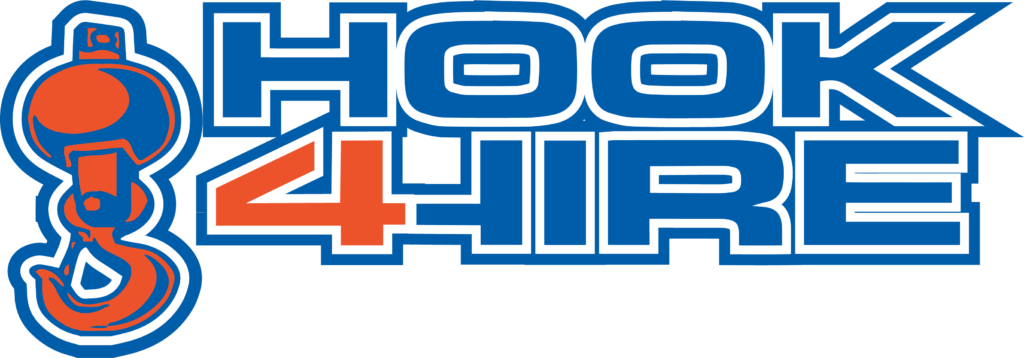When it comes to construction, many different aspects go into creating a successful project. One of the most important yet often overlooked is crane rigging and assembly. If this process is not done correctly, it can lead to delays, safety hazards, and even structural damage. That’s why it’s so important to understand the process and how to properly execute it.
What to Know About Crane Rigging
The first and crucial step in assembling a crane is to transport the parts of the crane from the rental company to the job site. This can require 10-12 tractor trailer rigs, so it is essential to coordinate with the rental company and have a designated area on the job site that is level and solid.
It’s important to ensure your crane is on level ground before using it because if it’s not, the equipment could sink or fall over. Additionally, an unlevel crane can affect its lift capacity. To avoid accidents, it’s best to follow the instructions for setting up and using your crane.
The Lowdown on Crane Assembly
Crane assembly is a process that involves the use of machinery to lift and move heavy objects. The process can be complicated, and it is vital to ensure that all parts are correctly installed and secured before lifting any object. Cranes are commonly used in industrial settings, but they can also be found in construction and other settings where large objects need to be moved.
It is a must to have a professional team familiar with the make and model of the crane you are using to assemble it. Rushing the process is not advised as you are working with heavy equipment. Your crane rental company can probably help you with putting the crane together, such as Hook4Hire, which can help address your needs in any project.
Whether you have an in-house team or professional assistance from a crane rental company, remember that it’s crucial to not cut corners when it comes to safety.
Properly Rigging a Crane
Crane rigging is a very important process that should only be done by a professional. There are many things to consider when rigging a crane, including the weight of the object being lifted, the height of the lift, and the weather conditions. In order to ensure safety, all of these factors must be taken into account.
After your crane is mostly put together, you need to connect the right equipment to it for whatever you’re going to lift. This changes depending on the weight and type of object, so your operator needs to plan ahead. Connecting tools include hooks, shackles, eyebolts, hoist rings, winches, and others.
The crane operator is responsible for knowing which equipment to use and how to use it properly to raise objects at various angles while keeping the lifting capacity in mind. They should also be familiar with the crane’s lifting capacities, how the crane works, and other important factors. It is important to only use reputable crane rental companies and to inspect the crane before use.
The Bottom Line: The Importance of Proper Crane Rigging and Assembly in Ensuring the Safety of Any Construction Project
Crane rigging and assembly is a critical aspect of any construction project, as it is responsible for safely moving heavy loads and ensuring that the crane itself is properly secured. Any mistake or oversight during this process can result in serious injury or death. For this reason, it is important to ensure that all those involved in rigging and assembling a crane are properly trained and experienced in doing so.
How We Can Help?
If you need to obtain rigging equipment, we have a vast selection of synthetic, wire rope slings, chains, and other wire rope accessories. If you have any questions regarding choosing the right sling for your construction project, please contact us today and explore our wide range of crane services in Kentucky!
